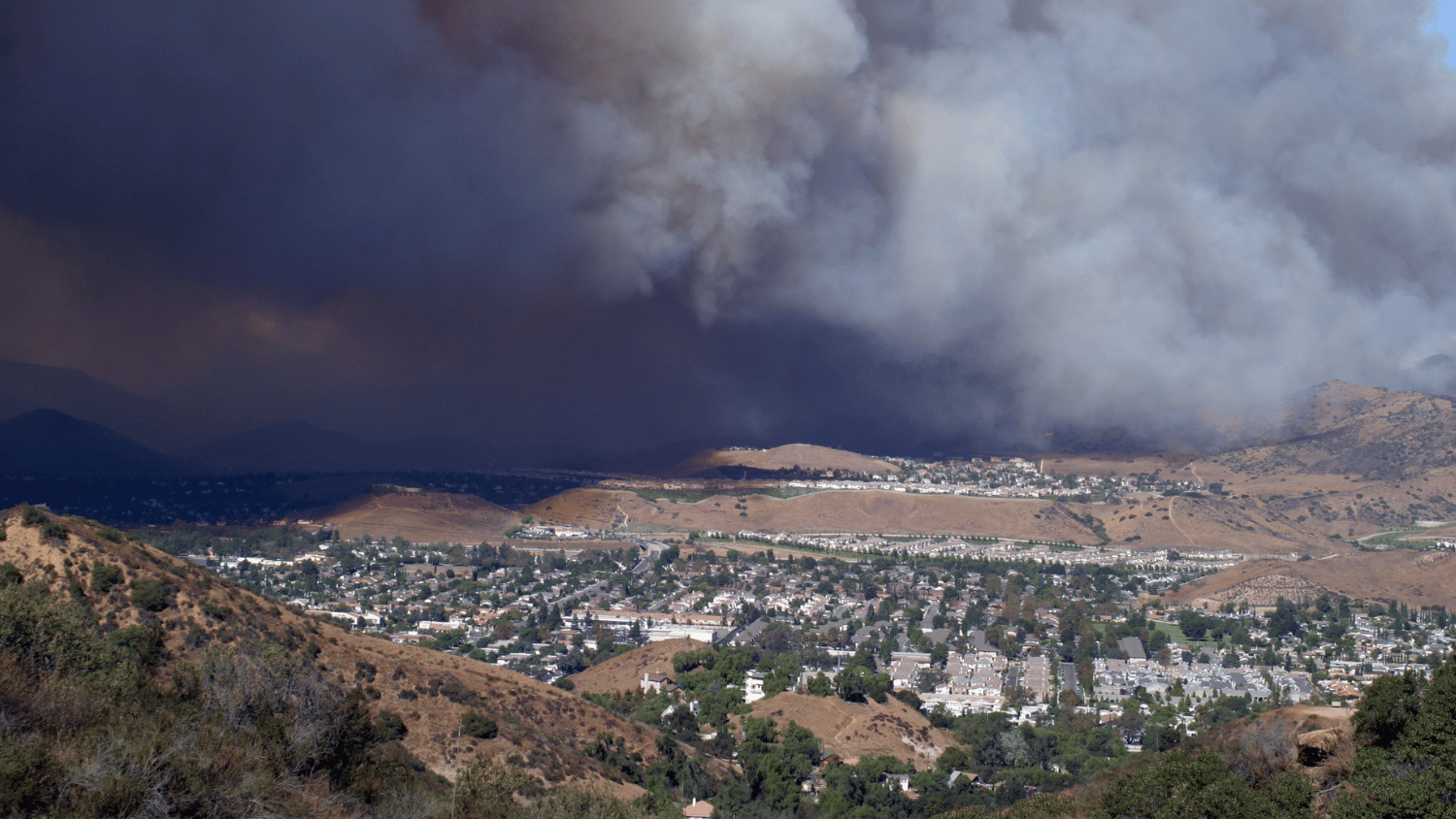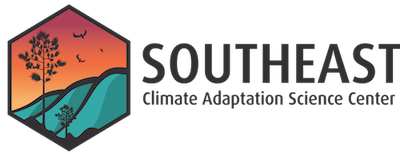Environmental Hazards Compound in Resource-Limited Communities

This research summary was written by 2025 SE CASC Science and Communication intern, Joleen Buchanan.
Many Americans are facing multiple severe environmental hazards. As climate change accelerates, these once-in-a-generation environmental hazards are becoming more frequent. Most studies examine these hazards as isolated events, but new research shows how they stack up most often in resource-limited areas.
A new study compared the Center for Disease Control’s (CDC) Social Vulnerability Index (SVI) and five major hazard datasets; air pollution, wildfires, flooding, water shortages, and poor water quality. They found that communities with high Social Vulnerability Index (SVI) scores are more likely to be exposed to multiple hazards at the same time.
“People have studied how flooding affects a community and how air pollution affects communities. But what we found is that more vulnerable households are the ones who are repeatedly being exposed to compounding hazards,” said Paul Armsworth, co-author of the study and SE CASC Consortium PI at the University of Tennessee, Knoxville. “These events are piling on top of the same communities.”
Not only don’t these hazards occur in isolation, they compound – with one hazard increasing the effects of another. By comparing these risks with an area’s SVI, the study uncovered how these compounding risks particularly affect areas that may not have the resources to respond or recover quickly. For example, a wildfire may worsen air quality and strip vegetation, making it easy for floods to follow. That flooding can pollute water systems, leaving residents to live with multiple health risks that build overtime.
“It’s important that we’re not just talking about communities but actually working with communities, meeting them where they are, listening to their experiences, and co-developing solutions to the challenges they’re facing,” Armsworth said.
Looking ahead, the team hopes to work directly with populations beyond those already included in this study, such as some northern states, U.S. territories, and Indigenous communities, and build a more complete picture of risk.
The paper, “Multi-hazard risk in socially vulnerable communities across the United States,” is published open access in the journal Environmental Research Letters.
This research drew on work supported by the National Science Foundation under grant 1751601 and the Joint Fire Science Program under Project 21-1-01-18. The research was also supported by a U.S. Geological Survey Science to Action Fellowship.
- Categories:
